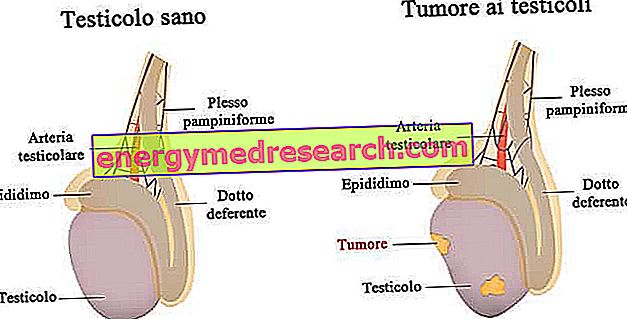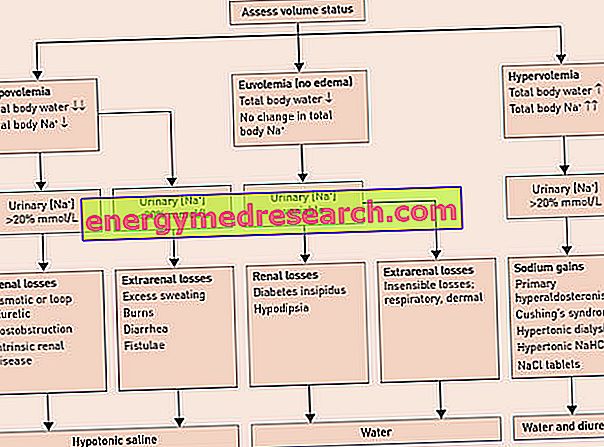
During its blood pumping action, the heart emits two particular sounds in series which, if listened to carefully, resemble "lub" and "dub".
"Lub" is the result of the turbulence that the mitral and tricuspid valves produce when they close, shortly after the start of the systole phase.
It is recalled that the systole is the phase of contraction of the cardiac cavities, that is the moment in which the myocardium is compressed to push the blood, first, from the atria towards the ventricles and, then, from the ventricles towards the blood vessels.
In other words, "lub" - which is considered, by convention, the first sound of the cardiac cycle - represents the beginning of the emptying of atria and ventricles.
Turning to "dub", this is produced by the closing movement of the aortic and pulmonary valves at the end of the systole and at the beginning of the diastole (to be precise the ventricular diastole).
It should be remembered that diastole is the phase of expansion and filling of cardiac cavities, or the moment in which the myocardium is released to receive the return blood again.
In other words, "dub" - which, according to convention, consists of the second sound of the cardiac cycle - represents the beginning of the relaxation of the ventricles.


